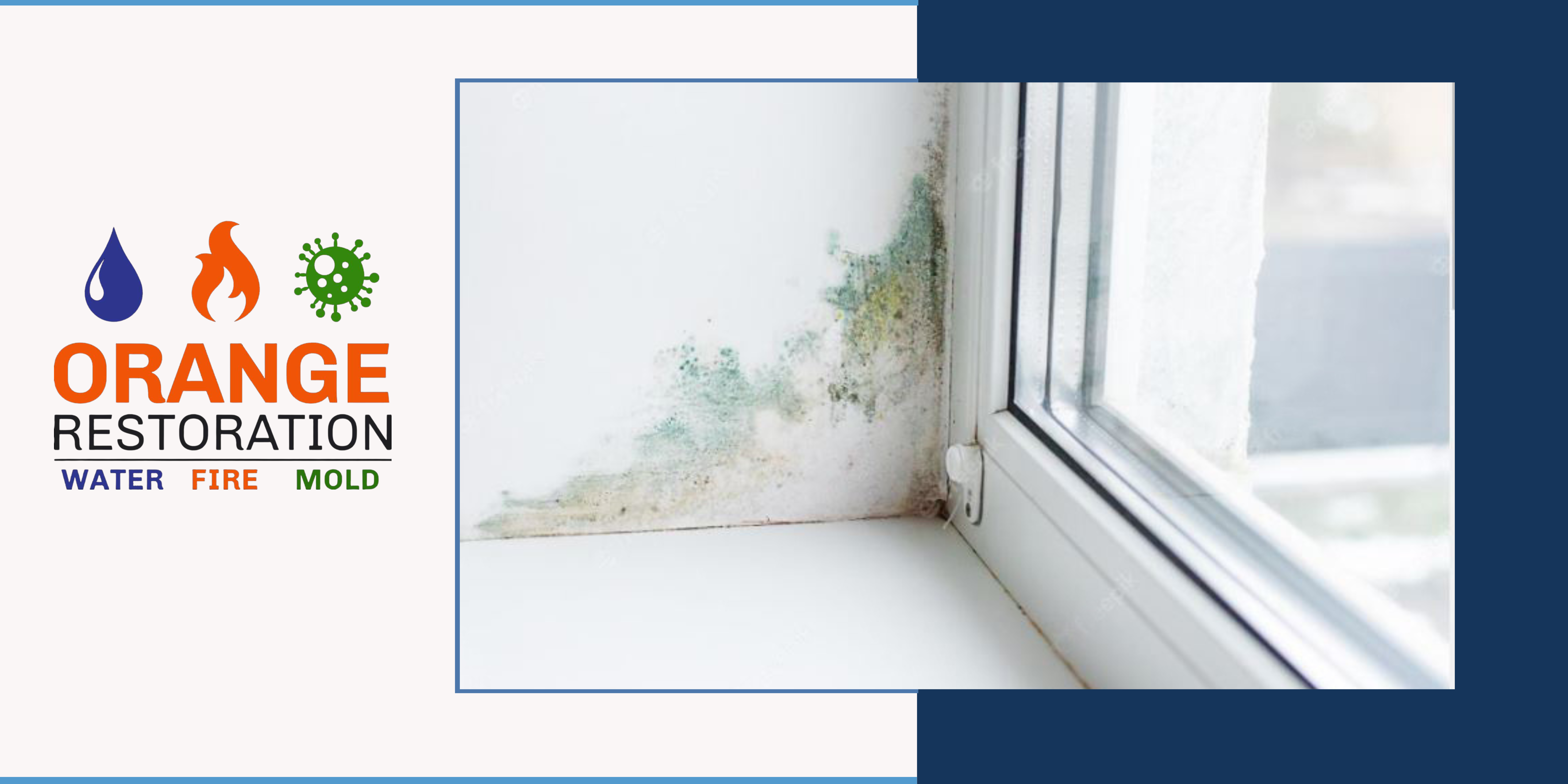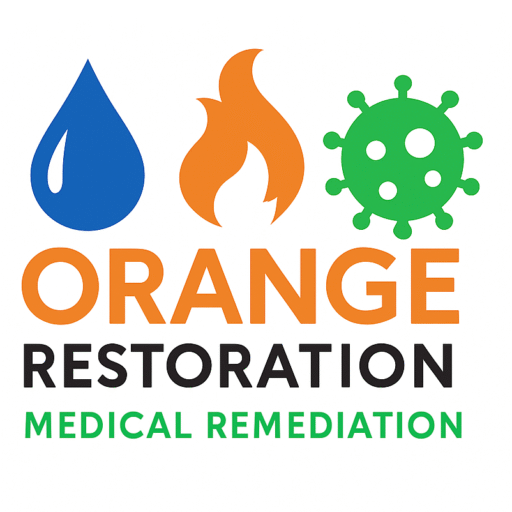How to Protect Your Home from Water Damage
Table of Contents
If you are seeking water damage prevention tips prior to our southern California rainy season, we recently wrote and updated 2024 guide to Water Damage Prevention for Winter. Homeowners who prevent water damage are less likely to have a flood, mold or higher costs when they do have damages.
Home Water Damage
The structure of your home is very sensitive to water. A little bit of water is enough to cause extensive damage to your basement, roof, walls, flooring, and practically any other location of your home. If the water damage is too severe, you could have mold growth spawn from it too. This is definitely not a good situation to be in.
You might assume that water can only damage a home if it’s caused by rainwater or flooding. Things like leaky roofs or pest damages are certainly one possible cause of commercial or home water damage. You can protect your home in this case by regularly inspecting your roof to ensure there is no damage there.
Sometimes flying debris and old age can cause roofs to deteriorate. That is when rainwater can leak through your roof and permanently damage the structure of your home. Conduct yearly roof inspections and patch up any holes that you see. If the roof damage is too severe, then you’ll need to hire professional roofers to replace portions of your roof.

“Stucco tears” are a sign you will eventually need stucco water damage repair or replacement.
11 Home Water Damage Prevention Techniques
Water damage is a common threat to homes, causing extensive property loss. Whether it’s due to seasonal risks or unidentified leaks, it’s crucial to take steps to protect your home against water damage throughout the year. By implementing simple prevention techniques, you can safeguard your property and avoid potential water-related issues.
- Be aware of the common causes: Recognize the common sources of in home water damage, such as dishwashers, ice makers, water heaters, toilets, sinks, washing machines, and showers. Regularly inspect these areas for any signs of leaks or damage. However, the most common causes of water damage are washing machine hoses and leaky plumbing. The hose to your washing machine transfers a considerable amount of water each time you wash your clothes. If this hose were to break or suffer the slightest bit of damage, then lots of water would make its way through and flood the area within hours. Even if the washing machine is not on, the hose is still under pressure constantly. It can burst even when the machine is off. You can prevent this problem by turning off the hose valves after each time you’re done washing your clothes. Then you’ll need to turn the valves on again to wash your clothes the next time.
- Check hoses and faucets regularly: Inspect the hoses that lead to your appliances, such as washing machines, dishwashers, and refrigerators, annually. Look for cracks or water leaks and replace the hoses every five to seven years to prevent water loss. Also, if your hoses are over 5 years old, then you should replace them as a safety precaution. As for your plumbing, turn off any appliance when it has a leaky pipe attached to it. Fix or replace the pipe and then turn the appliance back on.
- Ensure proper caulking: Maintain watertight caulking around your showers and tubs. Replace any cracked caulking to prevent water from seeping into the floor and causing damage.
- Know the location of your water shut-off valve: In case of a severe leak or rupture, knowing the location and how to shut off the water supply is crucial. Ensure that both you and your family members are aware of the shut-off valve’s location.
- Consider installing floor pans: Install floor pans under your appliances, such as washing machines and water heaters. While they may not protect against catastrophic leaks, they can help prevent damage from small, unnoticed leaks.
- Use water leak detection devices: Install water leak detection devices in areas prone to leaks, such as basements, laundry rooms, bathrooms, kitchens, or next to the sump pump. These devices can alert you to potential leaks and automatically shut off the water supply to mitigate damage. Read more on our leak detection blog.
- Look for areas of moisture or mold: Regularly inspect your home for signs of moisture or mold, such as flaking paint, wallpaper, black speckled marks on skirting and sills, or a musty smell. Address any issues promptly to prevent further home water damage and potential health hazards.
- Keep gutters clear of debris: Regularly clean your gutters to prevent blockages caused by leaves, moss, or weeds. Blocked gutters can contribute to dampness and home water damage. Ensure that water flows away from your home by checking that downspouts are clear and sloping your yard away from the foundation.
- Inspect your roof: Check both the inside and outside of your roof for any signs of water leaks or visible damage. Pay attention to damp spots in the attic, tea-colored stains on plaster, and any damaged flashing around chimneys. You can always look out for FREE attic inspections from reputable attic cleaning companies like Attic Health.
- Prevent frozen pipes: If you are reading this from beyond our service territory of San Diego County, you may experience freezing temperatures. For this reason we suggest you maintain a minimum temperature of at least 10 degrees Celsius in your home, even if you plan on being away. Insulate exposed pipes and consider using smart thermostats to regulate temperature and prevent freezing.
- Repair plumbing leaks promptly: If you notice any dripping pipes or dark spots around pipes, repair them promptly to prevent further home water damage. Inspect your roof for missing, loose, or damaged shingles and address any issues. Proper drainage is also crucial to prevent water from seeping into your home’s foundation. Regularly check for proper water flow and address any drainage issues promptly.

An example of what home water damage can look like on the surface, but it can also be just the tip of the iceberg.
Understanding the Impact of Water Damage on Home Structures
Water damage poses a significant threat to the structural integrity of your home, affecting various components such as the basement, roof, walls, and flooring. Even a small amount of water can lead to extensive damage, potentially giving rise to mold growth.
It’s essential to recognize that home water damage isn’t solely caused by rain or flooding; factors like leaky roofs and pest damages can contribute to this issue. Regular roof inspections play a crucial role in identifying and addressing potential vulnerabilities. Flying debris from trees and the natural aging process can cause roofs to deteriorate, allowing rainwater to permeate and harm the home’s structure. Conduct yearly roof inspections and promptly address any damage to prevent long-term consequences.

Containment is key for commercial or home water damage that has mold.
The Role of Professional Water Damage Restoration
In the unfortunate event of flooding or any home water damage, seeking professional assistance is crucial. Professional water damage restoration companies, like Orange Restoration, play a vital role in ensuring effective mitigation and restoration. Orange Restoration team is known for working really well to manage insurance claims, so if you need support with that, reach out asap!
DIY efforts may fall short, and incomplete removal or unintentional spread of mold can exacerbate the situation. Also consider your health! Professional remediation ensures precision, confidence in removal, use of safety protocol, and ongoing inspections for early prevention.
Orange Restoration Wrap Up
By following these home water damage prevention techniques, you can ensure comprehensive protection for your home. Remember that early detection and timely repairs are key to mitigating water damage risks effectively. Stay proactive, perform regular inspections, and address any potential issues promptly to maintain the integrity of your home and minimize the likelihood of commercial or home water damage.
If you have experienced water damage in your home you need to contact a professional water damage restoration company ASAP. We are here to help 24/7! Call Orange Restoration today! (619) 376-6838

